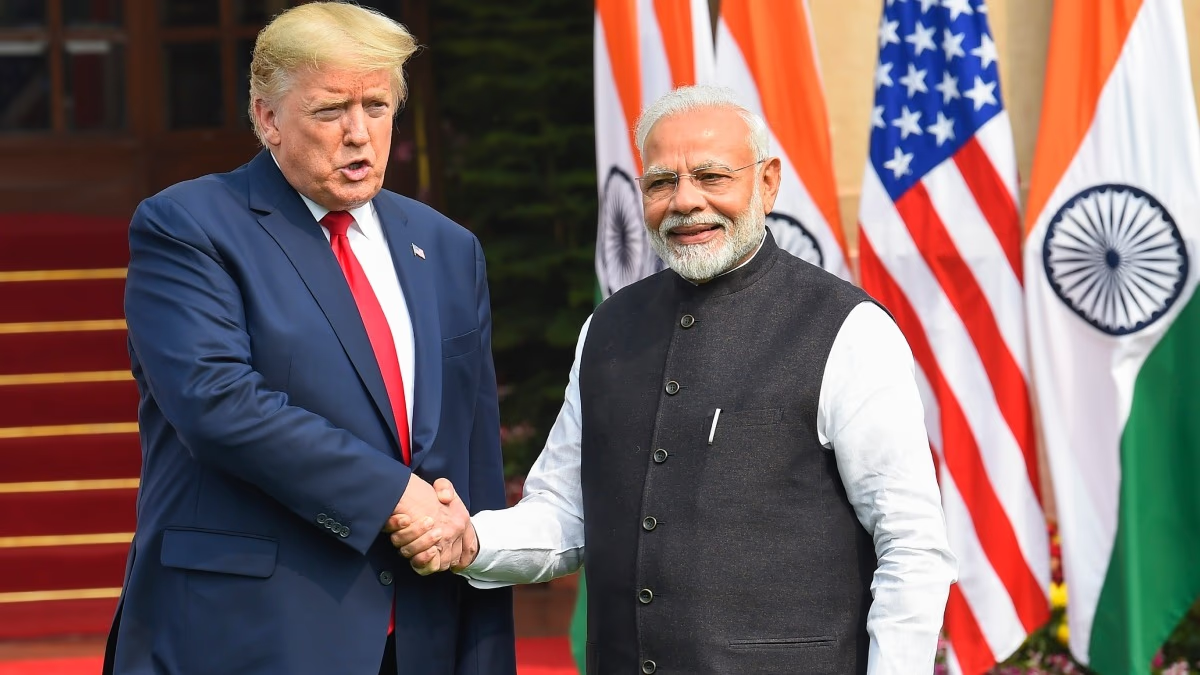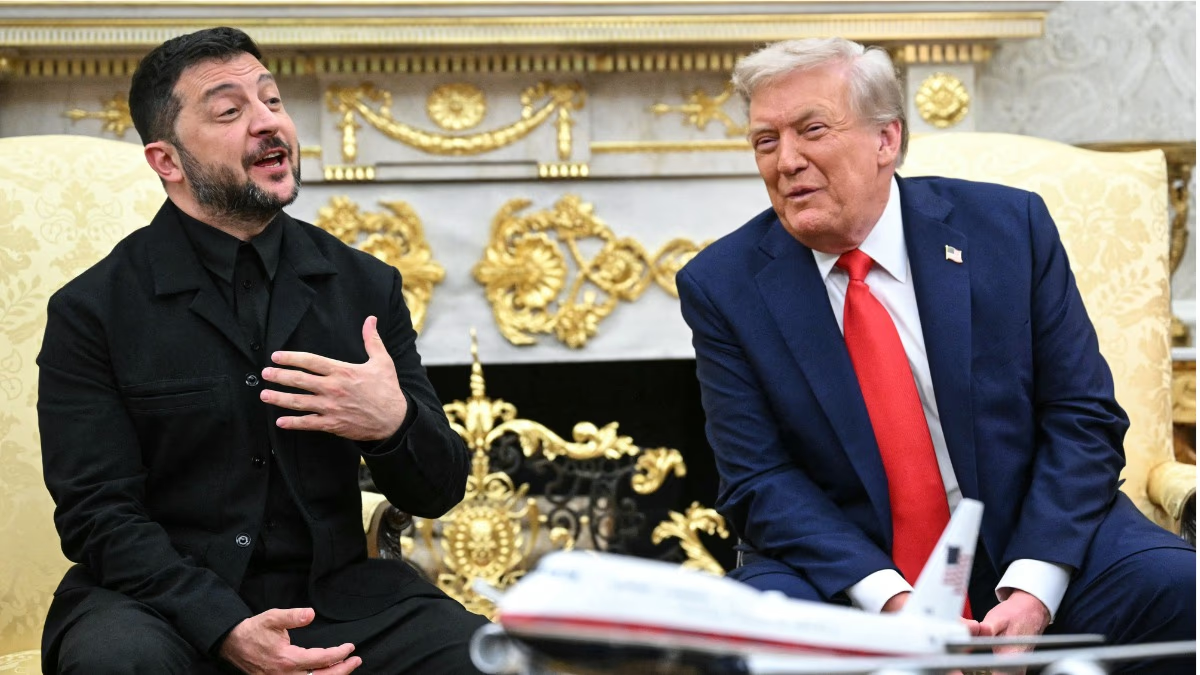Relations between India and the United States are becoming strained. The US President has decided to increase tariffs on Indian imports by 50% starting August 27, raising concerns about India's oil purchases from Russia. In light of this, India has begun implementing Plan 'B' to counter the tariff effect, strengthening its trade ties with various nations.
India is accelerating efforts to advance Free Trade Agreements (FTAs) with the European Union and several Latin American countries, aiming to balance the recent 50% tariff hike from the United States.
Impact of US Tariffs on Trade
In response to India's continued purchase of Russian oil, the US imposed a reciprocal 25% tariff on Indian imports on August 7, with an additional 25% tariff announced to start from August 27. This has posed significant challenges to major Indian exports like textiles, gems and jewelry, and seafood sectors. Industry estimates suggest that these sectors could face substantial financial losses in the US market due to tariffs.
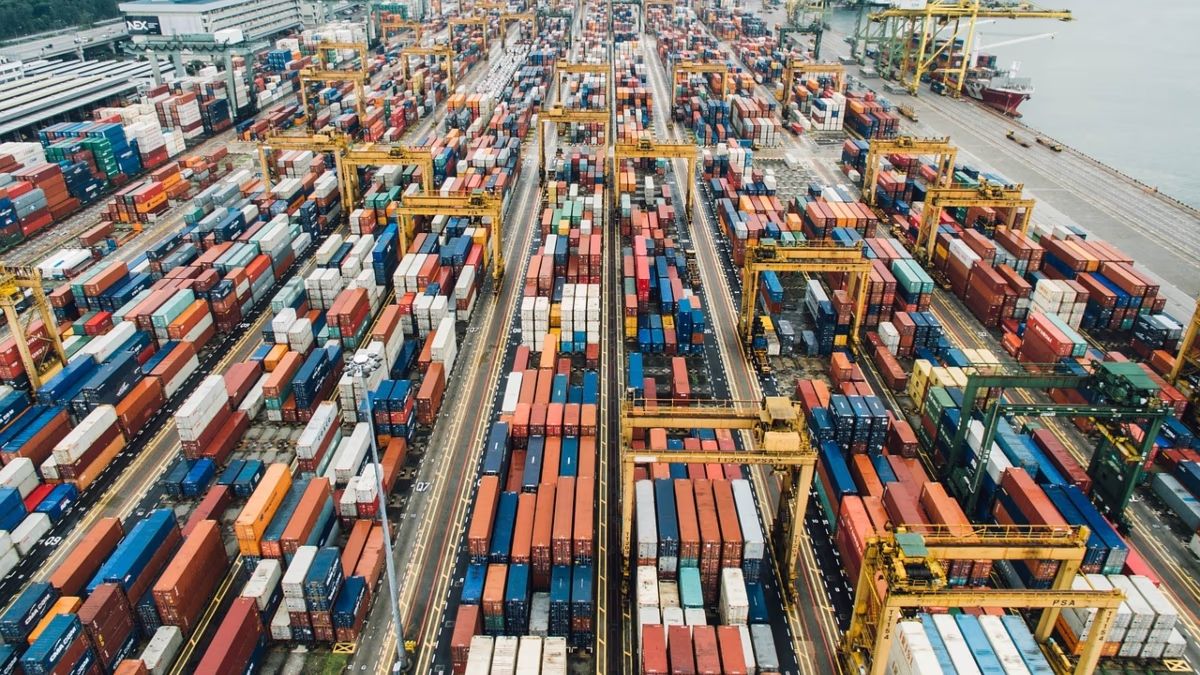
Source: aajtak
India's trade with the United States has been a vital revenue source for sectors like ready-made garments, home textiles, polished diamonds, shrimp, auto components, and engineering goods. Recently, Crisil warned that sectors like diamond polishing, carpets, and home decor would be the hardest hit.
Focus on FTAs
In response, the Indian government is expediting negotiations on trade agreements to mitigate the impact of tariffs. The Comprehensive Economic and Trade Agreement (CETA) signed with the UK targets doubling bilateral trade to 100 billion dollars by 2030, with implementation expected by April 1, 2026.
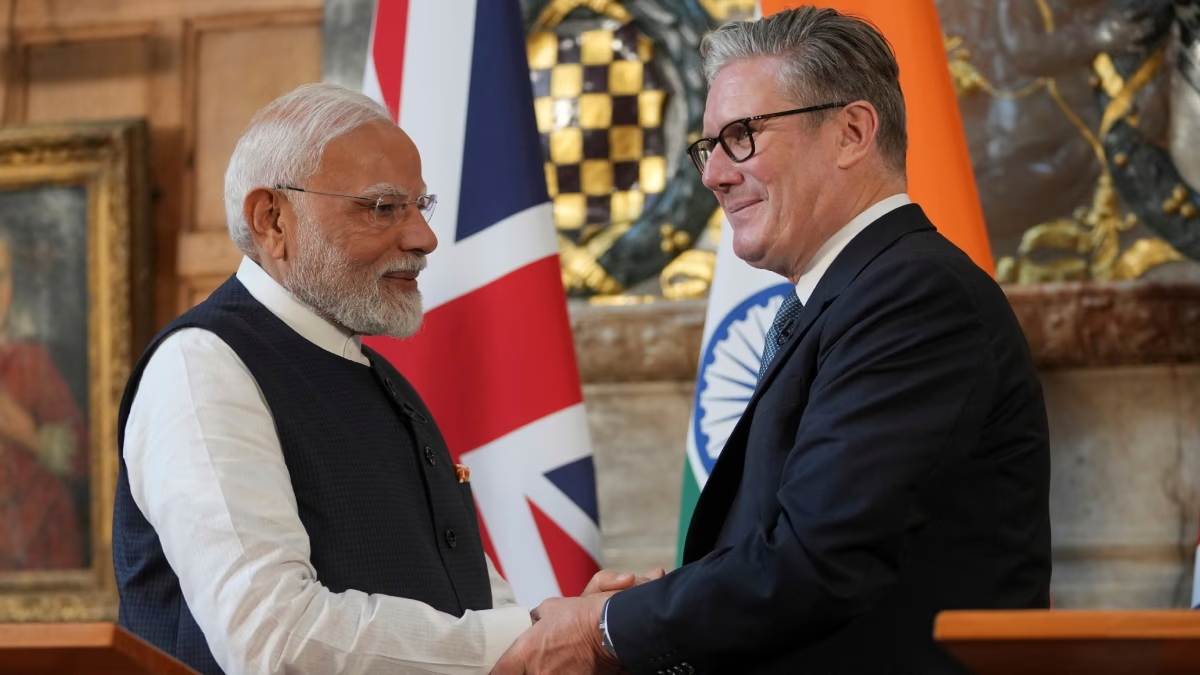
Source: aajtak
Government officials have confirmed that negotiations with the European Union are also advancing, with the 13th round of talks scheduled for September in New Delhi. According to the European Commission, the EU will be India's second-largest trading partner by 2024, with goods trade amounting to 120 billion Euros, representing 11.5% of India's total trade.
Benefits of Free Trade Agreements
The agreement with the UK, particularly, could boost Indian exports in textiles, pharmaceuticals, information technology, and professional services. By negotiating similar tariff preferences with the European Union, India positions itself as a competitive alternative to Chinese suppliers in the European market. These free trade agreements (FTAs) are expected to allow nearly zero tariffs in domestic textiles, leather, and engineering goods sectors.
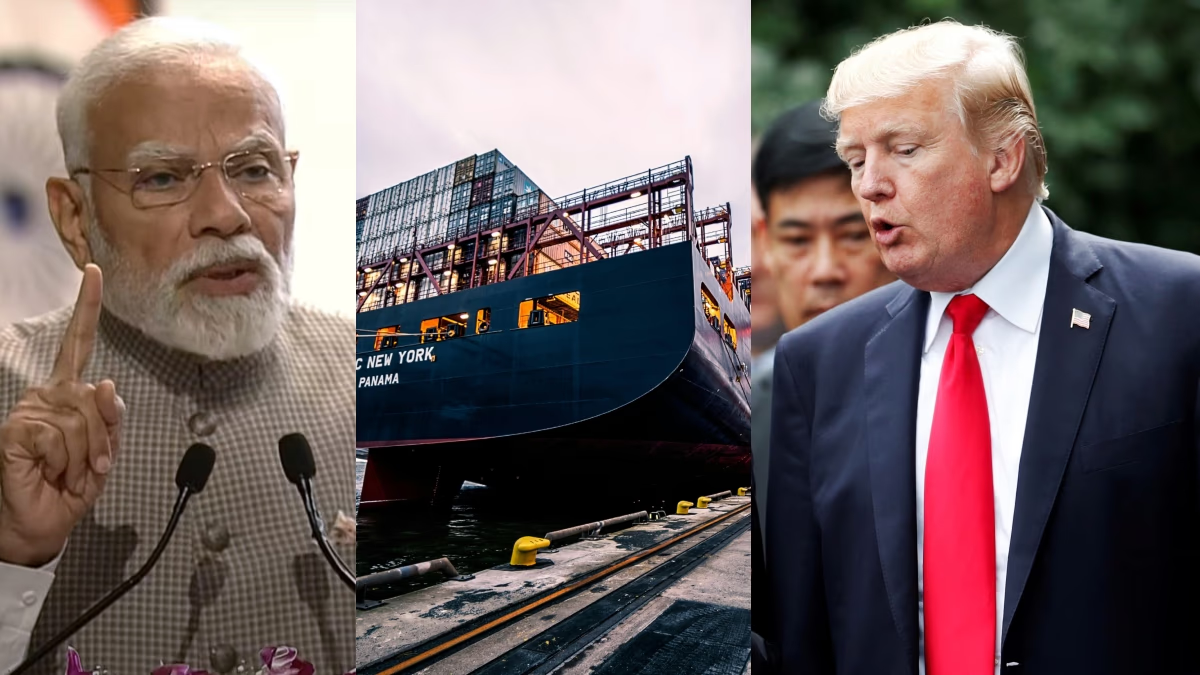
Source: aajtak
FTAs with Multiple Nations
India's FTA with the four-member EFT group (Iceland, Liechtenstein, Norway, and Switzerland) will take effect on October 1, 2025. These countries have committed to investing 100 billion dollars in 15 years, benefiting sectors like machinery, dairy products, watches, and chocolate. Meanwhile, negotiations with Chile and Peru have gained momentum.
FTAs with 15 Nations So Far
In 2019, India's trade with Peru was valued at 3.1 billion dollars, covering exports from iron and steel to textiles and pharmaceuticals. An expanded trade agreement with Chile is also under consideration. In its recent response to parliament, the government stated that negotiations for the India-Oman FTA are completed and that India has so far signed 15 FTAs and six preferential trade agreements.
